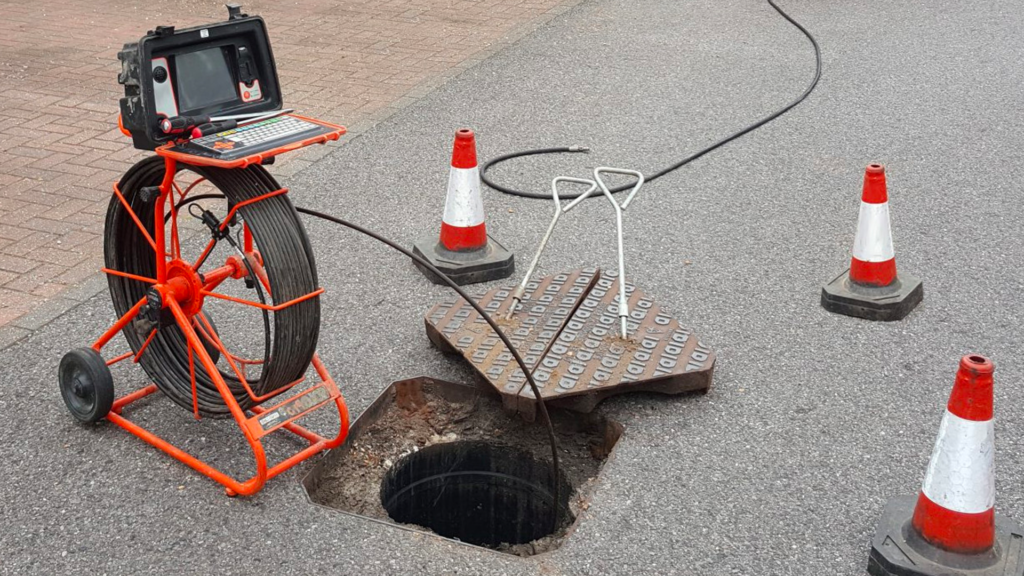Reclaim Waste Things To Know Before You Buy
Reclaim Waste Things To Know Before You Buy
Blog Article
Reclaim Waste Can Be Fun For Everyone
Table of Contents8 Simple Techniques For Reclaim WasteThe Greatest Guide To Reclaim WasteFascination About Reclaim WasteThe Facts About Reclaim Waste UncoveredExamine This Report about Reclaim Waste
Discover the types, incidents, and forms of liquid waste. Domestic sewage waste describes the waste and products from a property septic system. This kind of waste is developed by people in homes, colleges, and other buildings. This only includes sewage-disposal tanks that have a drain field. The appropriate management and disposal of domestic sewer waste need fluid waste to be moved to a sewage treatment plant where the appropriate techniques and equipment are put on cleanse and get rid of waste.
Commercial waste frequently consists of possible risks, such as flammable products or a mixture of liquid and solid waste products, and requires a more innovative and in-depth disposal procedure. The disposal of industrial waste typically includes the filtration of waste prior to transport to ensure risk-free and appropriate disposal. Industrial waste is produced from results and runoff of commercial processes and production.
This kind of waste can not use the exact same sewage administration transportation or procedures as septic or industrial liquids. The hazardous waste management procedure calls for the assessment and screening of fluid waste before it undergoes the disposal process (liquid waste removal). Drainage waste is the liquid waste that originates from runoff and excess stormwater in very populated areas or cities
Overflow waste can cause contamination and flooding if not dealt with correctly. Making sure appropriate waste monitoring can avoid catastrophes and lower environmental harm.
Little Known Facts About Reclaim Waste.
Call PROS Services today to discover our waste management and disposal solutions and the correct methods to look after the liquid waste you produce.
(https://allmyfaves.com/reclaimwaste1?tab=Reclaim%20Waste)This so-called 'wastewater' is not only an essential resource yet, after therapy, will certainly be released to our land, waterways or the sea. Used water from toilets, showers, baths, kitchen sinks, washings and industrial procedures is understood as wastewater.

water made use of to cool down machinery or tidy plant and tools). Stormwater, a kind of wastewater, is drainage that flows from agricultural and metropolitan locations such as roofing systems, parks, gardens, roads, paths and rain gutters into stormwater drains, after rain. Stormwater flows without treatment directly to neighborhood creeks or rivers, eventually reaching the sea.
Everything about Reclaim Waste
In Queensland, many wastewater is treated at sewage treatment plants. Wastewater is carried from domestic or industrial websites via a system of sewage systems and pump stations, called sewerage reticulation, to a sewer therapy plant. City governments construct, maintain and operate most sewage therapy plants. Operators are certified under the Environmental Defense Act 1994 to release cured wastewater at an acceptable ecological standard right into waterways.
The Division of Natural Resources suggests city governments about handling, operating and maintaining sewerage systems and therapy plants. In unsewered areas, regional governments may need owners to install specific or home sewage treatment systems to deal with residential wastewater from bathrooms, kitchen areas, bathrooms and washings. The Department of Natural Resources authorises the use of home systems when they are confirmed to be efficient.
In some brand-new class, treatment of some stormwater to get rid of trash, sand and gravel has actually begun making use of gross pollutant traps. Wastewater treatment happens in four phases: Gets rid of strong issue.
Wastewater after that moves into huge storage tanks where solids resolve and are eliminated as sludge. Grease and scum are skimmed from the surface area. Makes use of little living microorganisms called micro-organisms to break down and get rid of the original source staying dissolved wastes and great bits. Micro-organisms and wastes are integrated in the sludge. Removes nitrogen and phosphorus nutrients that might cause algal flowers in our rivers and threaten water life.
What Does Reclaim Waste Do?
Nutrient removal is not readily available in all sewer therapy plants because it needs costly specialised equipment. It is becoming more common in Queensland. Clear fluid effluent generated after therapy may still consist of disease-causing micro-organisms. If this effluent is released right into rivers such as rivers or the sea, the micro-organisms will at some point pass away out.

Many wastewater streams into the sewage system. Under the Act, local federal governments carry out authorizations and permits for ecologically relevant tasks (Ages) entailing wastewater releases that could have a neighborhood effect.
Some Known Facts About Reclaim Waste.
Or else, samples are considered laboratory analysis. Frequently many examinations are required to establish the degrees of each of the different pollutants such as oils, heavy metals and chemicals in water. Monitoring offers accurate details regarding water quality and can verify that permit problems are being met. The details acquired with monitoring provides the basis for making water top quality choices.
Report this page